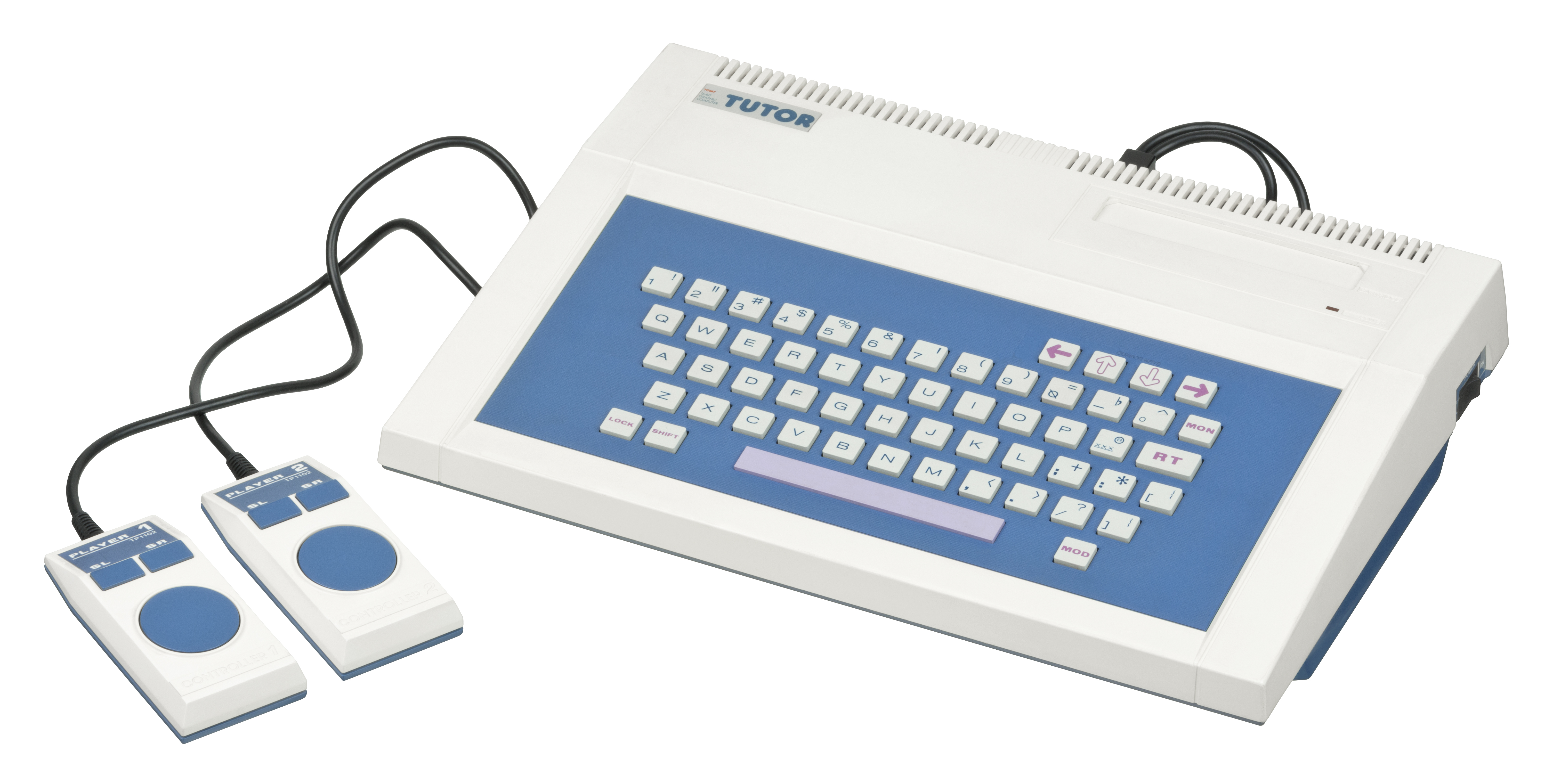|
PDOS (operating System)
PDOS is a discontinued multiuser multitasking operating system, written in assembly language developed in the early 1980s by the Eyring Research Institute for the Texas Instruments TMS9900 processor, and later ported to the Motorola 68000 The Motorola 68000 (sometimes shortened to Motorola 68k or m68k and usually pronounced "sixty-eight-thousand") is a 16/32-bit complex instruction set computer (CISC) microprocessor, introduced in 1979 by Motorola Semiconductor Products Sector ... processor. At the time its speed, accuracy and power made it ideal for process control. It was used in system development for education and industrial uses. Eyring also sold application programs (e.g. a statistics package) for the operating system. References Monolithic kernels 68k architecture {{Operating-system-stub ... [...More Info...] [...Related Items...] OR: [Wikipedia] [Google] [Baidu] |
Assembly Language
In computing, assembly language (alternatively assembler language or symbolic machine code), often referred to simply as assembly and commonly abbreviated as ASM or asm, is any low-level programming language with a very strong correspondence between the instructions in the language and the architecture's machine code instructions. Assembly language usually has one statement per machine instruction (1:1), but constants, comments, assembler directives, symbolic labels of, e.g., memory locations, registers, and macros are generally also supported. The first assembly code in which a language is used to represent machine code instructions is found in Kathleen and Andrew Donald Booth's 1947 work, ''Coding for A.R.C.''. Assembly code is converted into executable machine code by a utility program referred to as an '' assembler''. The term "assembler" is generally attributed to Wilkes, Wheeler and Gill in their 1951 book '' The Preparation of Programs for an Electronic Dig ... [...More Info...] [...Related Items...] OR: [Wikipedia] [Google] [Baidu] |
Texas Instruments TMS9900
The TMS9900 was one of the first commercially available single-chip 16-bit microprocessors. Introduced in June 1976, it implemented Texas Instruments's TI-990 minicomputer architecture in a single-chip format, and was initially used for low-end models of that lineup. Its 64-pin dual in-line package, DIP format made it more expensive to implement in smaller machines than the more common 40-pin format, and it saw relatively few design wins outside TI's own use. Among those uses was their TI-99/4A, TI-99/4 and TI-99/4A home computers, which ultimately sold about 2.8 million units. By the mid-1980s, the microcomputer field was moving to 16-bit systems such as the Intel 8086 and newer 16/32-bit designs such as the Motorola 68000. With no obvious future for the chip, TI's Semiconductor division turned its attention to special-purpose 32-bit processors: the Texas Instruments TMS320, introduced in 1983, and the TMS34010, Texas Instruments TMS340 graphics processor. The 9900 architect ... [...More Info...] [...Related Items...] OR: [Wikipedia] [Google] [Baidu] |
Motorola 68000
The Motorola 68000 (sometimes shortened to Motorola 68k or m68k and usually pronounced "sixty-eight-thousand") is a 16/32-bit complex instruction set computer (CISC) microprocessor, introduced in 1979 by Motorola Semiconductor Products Sector. The design implements a 32-bit instruction set, with 32-bit registers and a 16-bit internal data bus. The address bus is 24 bits and does not use memory segmentation, which made it easier to program for. Internally, it uses a 16-bit data arithmetic logic unit (ALU) and two more 16-bit ALUs used mostly for addresses, and has a 16-bit external data bus. For this reason, Motorola termed it a 16/32-bit processor. As one of the first widely available processors with a 32-bit instruction set, large unsegmented address space, and relatively high speed for the era, the 68k was a popular design through the 1980s. It was widely used in a new generation of personal computers with graphical user interfaces, including the Macintosh 128K, Amiga, ... [...More Info...] [...Related Items...] OR: [Wikipedia] [Google] [Baidu] |
Monolithic Kernels
A monolithic kernel is an operating system software architecture, architecture with the entire operating system running in kernel space. The monolithic model differs from other architectures such as the microkernel in that it alone defines a high-level virtual interface over computer hardware. A set of primitives or system calls implement all operating system services such as Process (computing), process management, Concurrency (computer science), concurrency, and memory management. Device drivers can be added to the kernel as loadable kernel modules. Examples *Most BSD kernels **FreeBSD **OpenBSD **NetBSD *Linux kernel **Android (operating system), Android *Other Unix/Unix-like kernels **AIX **Oracle Solaris *MS-DOS **Windows 9x *OpenVMS *Palm OS (version ≤ 5.0) Loadable modules Modular operating systems such as OS-9 and most modern monolithic-kernel operating systems such as OpenVMS, Linux kernel, Linux, FreeBSD, NetBSD, DragonFly BSD, Oracle Solaris, Solaris, and AIX can d ... [...More Info...] [...Related Items...] OR: [Wikipedia] [Google] [Baidu] |

